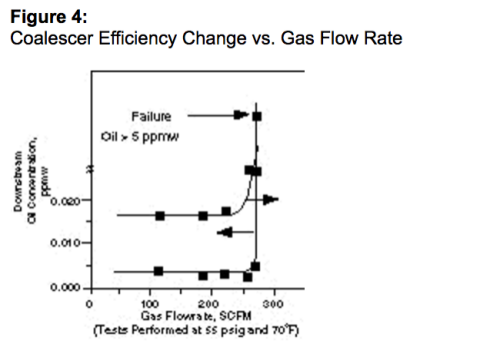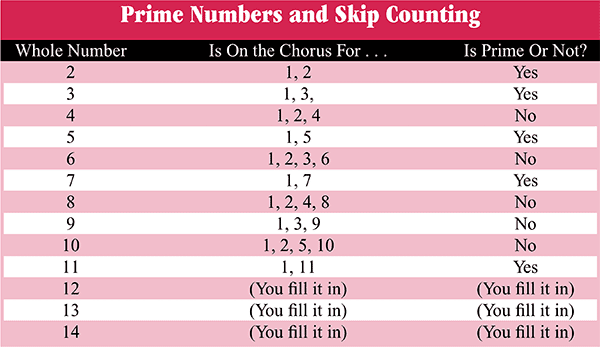

The Pythagorean school (500 BC to 300 BC) where interested in the numerological properties. Prime numbers were first studied extensively by ancient Greek mathematicians. * A lot of the mathematics that use prime numbers is far above my head I'm trying to organize this information in an useful way I am taking suggestions from people more knowledgeable than myself as to how this might be done. The smallest number that looks prime but isn't.Proof that the sum of the reciprocals of the primes diverges.All primes greater than 3 are of the form 6k-1 or 6k+1.Prime decomposition ( Fundamental theorem of arithmetic).

1 is not counted as prime, making 2 the first prime number, and the only even prime number.īelow is a brief list of prime numbers and their applications, as noded on E2. 6 is divisible by 1, 2, 3, and 6, and is not prime. 3 can is divisible by 1 and 3, and is prime. More modern techniques include the sieve of Atkin, probabilistic algorithms, and the cyclotomic AKS test.A prime number is a whole number that is divisible only by one and itself. Historically, the sieve of Eratosthenes (dating from the Greek mathematics) implements this technique in a relatively efficient manner. Then, we can stop this check when we reach the square root of the number of which we want to determine the primality (here the square root is 13). The most naive technique is to test all divisors strictly smaller to the number of which we want to determine the primality (here 169).įirst, we can eliminate all even numbers greater than 2 (and hence 4, 6, 8…). To determine the primality of a number, several algorithms can be used.
#List of prime numbers divisible by 3 how to
How to determine whether an integer is a prime number? 169: indeed, 169 is a multiple of itself, since 169 is evenly divisible by 169 (we have 169 / 169 = 1, so the remainder of this division is indeed zero).0: indeed, 0 is divisible by any natural number, and it is thus a multiple of 169 too, since 0 × 169 = 0.There are infinitely many multiples of 169. The multiples of 169 are all integers evenly divisible by 169, that is all numbers such that the remainder of the division by 169 is zero. Number of digits of 169ġ69 is a number with 3 digits. The square of a number (here 169) is the result of the product of this number (169) by itself (i.e., 169 × 169) the square of 169 is sometimes called "raising 169 to the power 2", or "169 squared". Therefore, the square root of 169 is an integer, and as a consequence 169 is a perfect square.Īs a consequence, 13 is the square root of 169. Parity of 169ġ69 is an odd number, because it is not evenly divisible by 2.Ī number is a perfect square (or a square number) if its square root is an integer that is to say, it is the product of an integer with itself. Yes, 169 is a deficient number, that is to say 169 is a natural number that is strictly larger than the sum of its proper divisors, i.e., the divisors of 169 without 169 itself (that is 1 + 13 = 14).

Indeed, 169 = 13 x 13, where 13 is a prime number. However, 169 is a semiprime (also called biprime or 2-almost-prime), because it is the product of a two non-necessarily distinct prime numbers.

The list of all positive divisors (i.e., the list of all integers that divide 169) is as follows: 1, 13, 169.įor 169 to be a prime number, it would have been required that 169 has only two divisors, i.e., itself and 1. It is possible to find out using mathematical methods whether a given integer is a prime number or not.įor 169, the answer is: No, 169 is not a prime number.


 0 kommentar(er)
0 kommentar(er)
